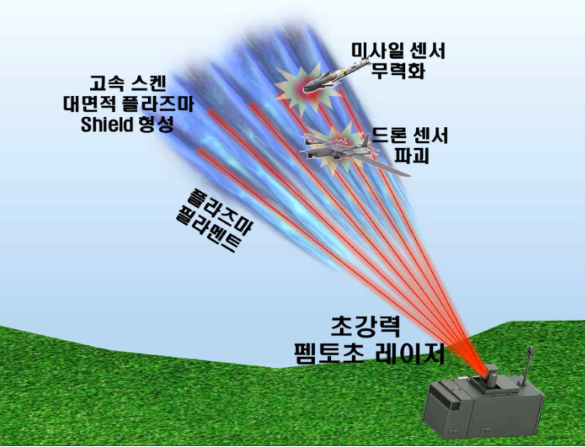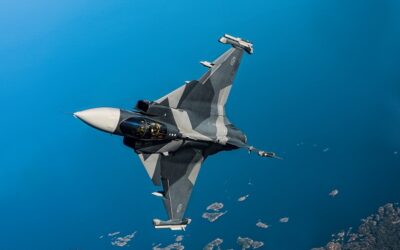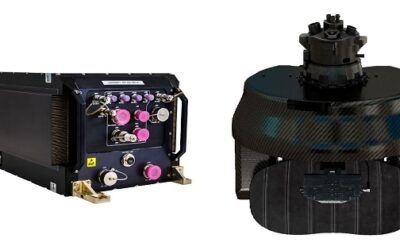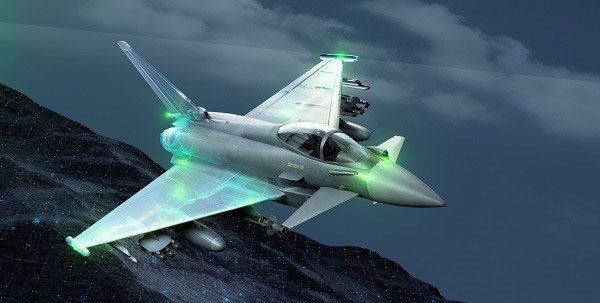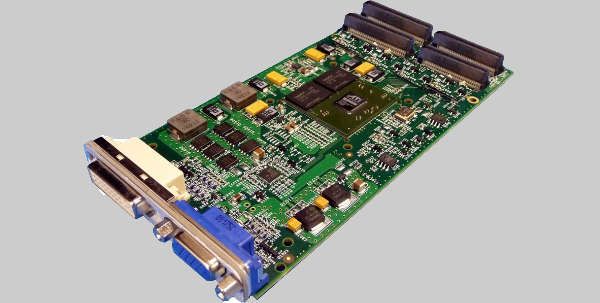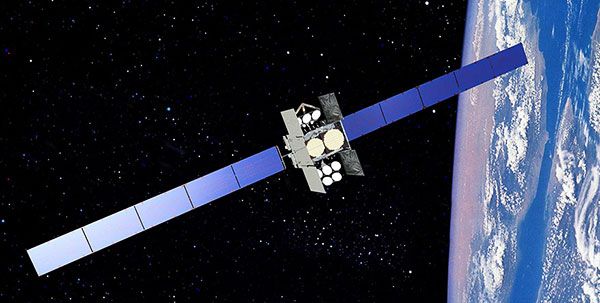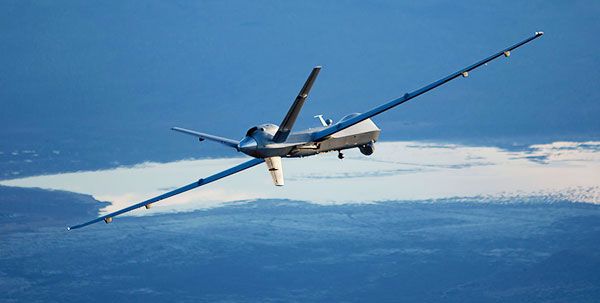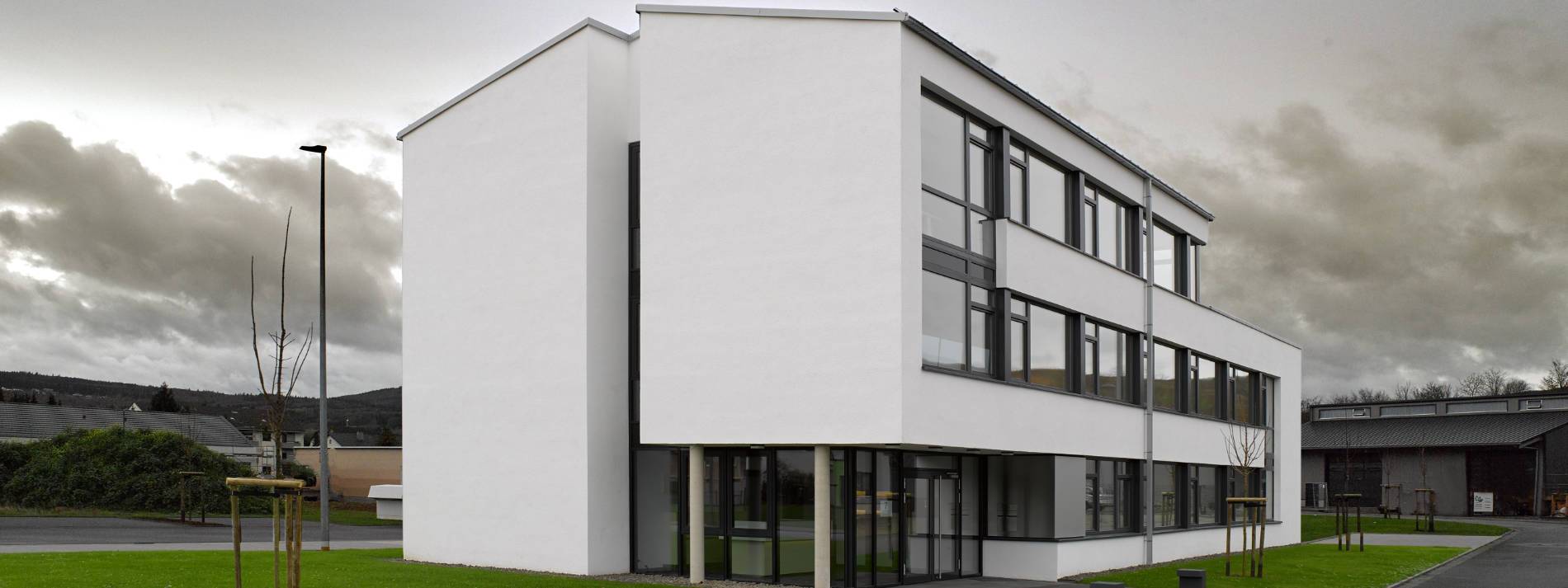1TW Laser Will Instantly Ionise Targeted Objects
Korea’s Gwangju Institute of Science and Technology (GIST) announced on 9 May that its Advanced Photonics Research Institute (APRI) inaugurated a research centre to develop an air-defence system featuring advanced light and ultra-strong, laser-plasma technologies, capable of neutralising missile sensors or swarms of small UAVs.
The system will use a laser with the power of more than one terawatt, capable of emitting pulses for one or more femtoseconds that can instantaneously ionise all objects in its path to form a plasma state, said GIST. “By applying this technology, it is possible to develop a system that damages small drones and missile sensors in the laser’s path without a precise focusing device,” said the institute, pointing out that the use of such a powerful laser can form a “filament plasma shield structure” in the air and generate a high-intensity electromagnetic pulse (EMP), both of which would damage key parts of any weapon or system that passes “within the shield area.”
Amid growing concerns about small UAVs, MANPADs and unmanned robots, there is an urgent need to develop new defence systems, said Kim Hyung-taek, a senior GIST researcher who will head the laser research centre. “We expect that by using super-strong, femtosecond laser plasma will be able to disable many such weapons quickly, and effectively respond to enemy threats.”
Hanwha is also known to be working on laser-based air defence weapons, having displayed three such future weapons at the 2020 DX Korea event. These included the Laser Based Anti-Aircraft Weapon Block-I and Block-II, both of which were developed by Hanwha in co-operation with the Agency for Defense Development (ADD).

